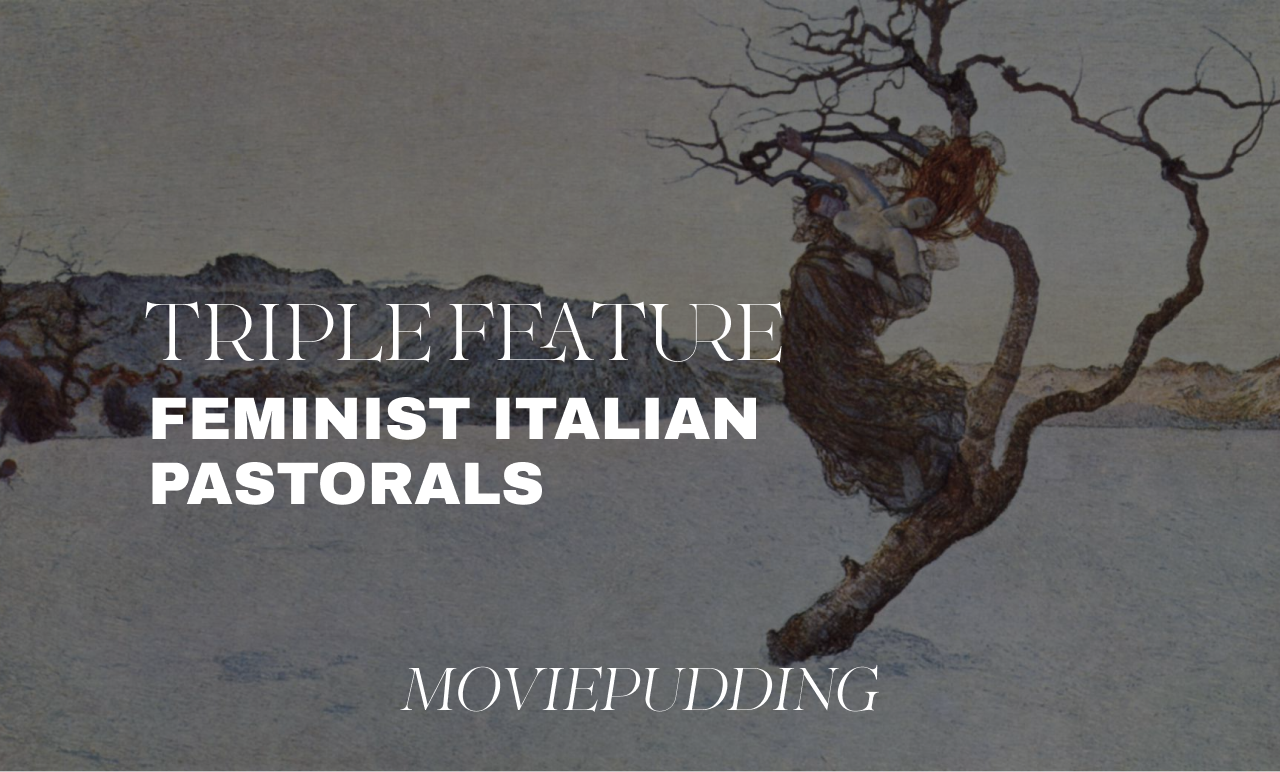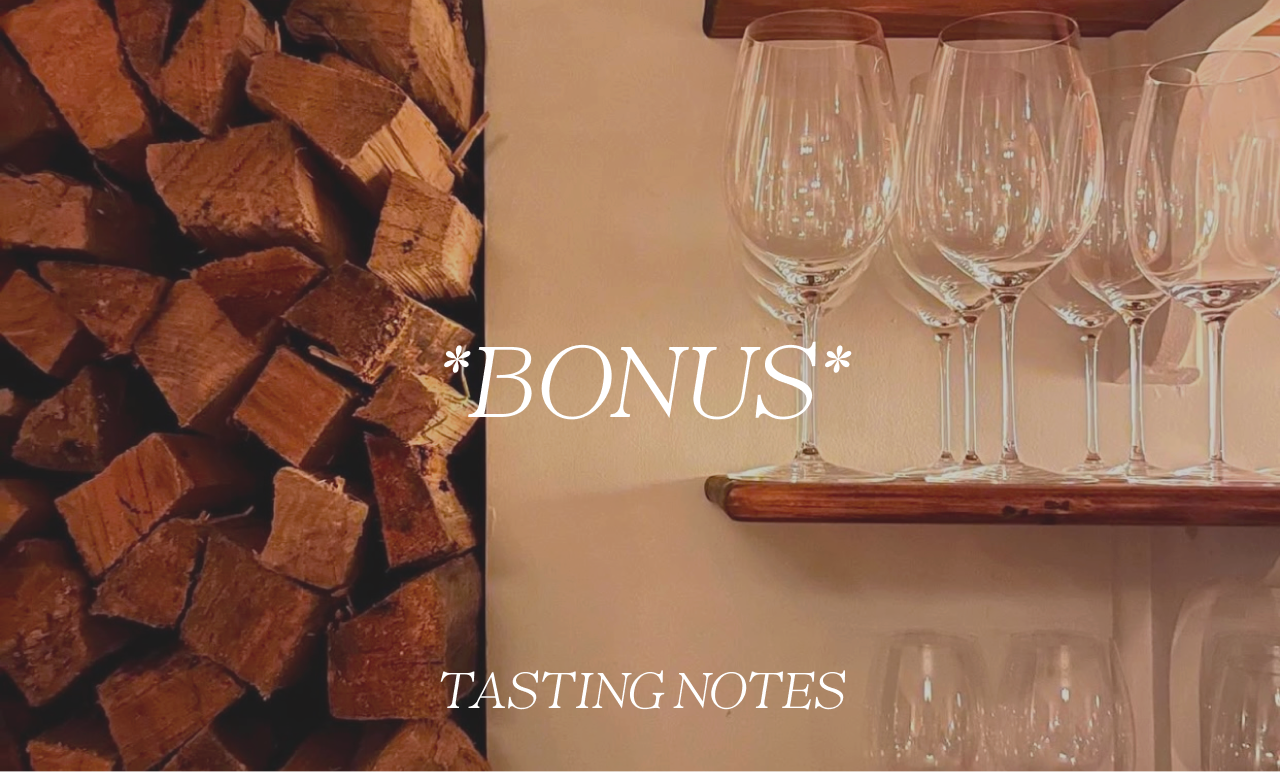TRIPLE FEATURE 01: Hot milk on a freezing morning
New series alert. Vermiglio, The Wonders, and Andrew Tarlow's new restaurant Borgo.
One of my favorite parts of writing for MUBI Notebook is participating in the annual double fantasy feature poll. The task is simple: pair one new release with an older movie that saw for the first time during that year to create a snapshot of your viewing.
Double features put movies in conversation with each other, complement, contrast, or expand on one another in some way. Throwing a restaurant or recipe into the mix only furthers the dynamic. Is there a better encapsulation of moviepudding? I think not. ❥
VERMIGLIO
Maura Delpero, 2024
Vermiglio—Italy’s official entry for the Oscars— begins evocatively at dawn in the titular and remove Italian village, as a sprawling family gathers and prepares for breakfast. Milk is ladled into mismatched vessels and siblings squish themselves around a table in the ritualized silence of breakfast. The passing of time in Vermiglio, and Vermiglio, is contemplative, marked by the milking of cows and minimal dramatic flourishes. The chilly agrarian setting (where Delpero’s father grew up) is lushly photographed and undeniably breathtaking, but Delpero refrains from only fixating on the scenic splendor to fashion an understated feminist drama.
Set in 1944, the novelistic movie casts a wide net of characters—the central family consists of something like seven children, with more on the way— before gradually settles its focus on the three eldest daughters, each equipped with her own attitudes and mores. The youngest concentrates on her studies; the middle grapples with her burgeoning sexuality and queerness; and the eldest falls in love with a Sicilian deserter, leading to significant and unexpected repercussions for the family. In theaters now. Update: Streaming on Criterion Channel.
And here’s my interview with Delpero for Screenslate.
THE WONDERS (LE MERAVIGLIE)
Alice Rohrwacher, 2013
Another tale of daughters coming of age and growing apart and challenging the patriarchy, this time transposed to the Tuscan countryside with panoramic views of the dry brush, undulating hills, and cypress trees. Defying her brusque but loving father’s wishes, one of the girls enters the family’s apiary into an agriturismo contest in hopes of showcasing their honey on national television.
Rohrwacher’s tale is as warm and realistic, as Delpero’s is deceptively austere. Both filmmakers capture a vanishing way of life, are indebted to their Italian forebears, like Luchino Visconti and Ermanno Olmi, who also zeroed in on the political undercurrents of the countryside in films. Delpero told me that if Vermiglio was a scent, it would milk warming over a wood-burning stove. I would deem The Wonders to smell like wildflower honey. It is impossible to watch either of films without experiencing a longing to slow down and an appreciation of nature’s bounty. Available to rent or stream.
CANEDERLI
Italian bread and cheese dumplings
Also known as knödel, canederli are native to the region to where the Vermiglio takes place—South Tyrol also known as Trentino Alto-Adige. It’s part of an autonomous region at the foot of the Dolomites, blending Italian, Austrian and Germanic influences. The clementine-size dumplings made of stale bread are an example of cucina povera and like all regional cooking, a reflection of the time and place.
White bread was a rarity since wheat doesn’t grow well at high elevations (rye and buckwheat are more common), and making canederli a way to maximize their usage. Stale rolls or loaves are cubed and rehydrated with milk or water, then molded together with a beaten egg, and usually sautéed onions or leeks. Sometimes there’s a bit of boiled potato, cheese, or speck—a locally smoked cured ham so iconic to the area it bears geographic protected status, just like Champagne.
Canederli are often cooked and served in broth, making them an Italianish matzo ball soup, but you can dress them simply with melted butter and cheese or sauerkraut. Recipes from La Cucina Nella Dolomiti, Anneliese Kompatscher’s iconic cookbook, call for preparing them with a black radish and sour apple slaw—or plopping them into a bowl of cold milk (!!).
Making these dumplings is seemingly easy on paper, but harder in practice. The bread must be bone-crushingly dry and cut into small pieces. Too big and they won’t stick together. The first batch I made collapsed in on itself in the boiling water. That’s probably why you’re advised to test one first, but it takes a good ten minutes and I was hungry. The deliciousness of the broth grew, as did my frustrations while I watched them come apart. I rerolled and compacted them with a fistful of rye flour until they were dry to the touch.
Now that I have the hang of it, I would 10/10 make it again. Leave a comment if you’d like a rough recipe. Here’s a meatless one from
, too.BORGO
E. 27th Street
Borgo, the new Italian restaurant from Andrew Tarlow (Diner, Romans) and the team’s first venture in Manhattan, isn’t rooted in a specific region of Italy but pledges general allegiance to a homespun sensibility. The name translates to “village” and while it doesn’t reinvent the wheel, the food is beautiful, rustic, and well-executed —not unlike Vermiglio. Central to the restaurant is its wood-burning oven, which would’ve been central to the characters in the movie, too.
Keep reading with a 7-day free trial
Subscribe to MOVIEPUDDING to keep reading this post and get 7 days of free access to the full post archives.









